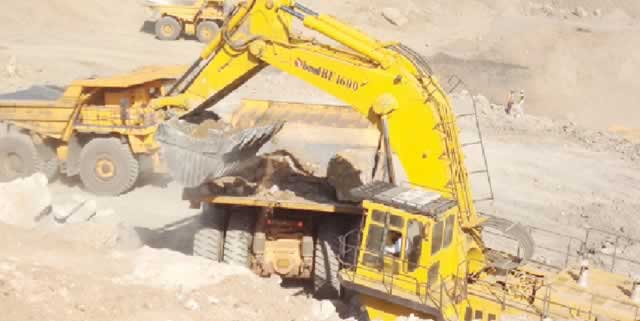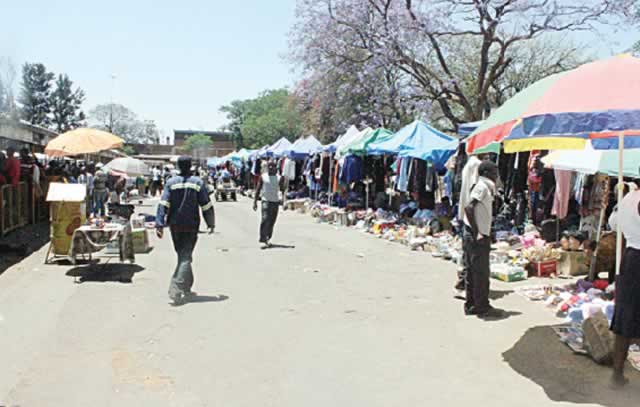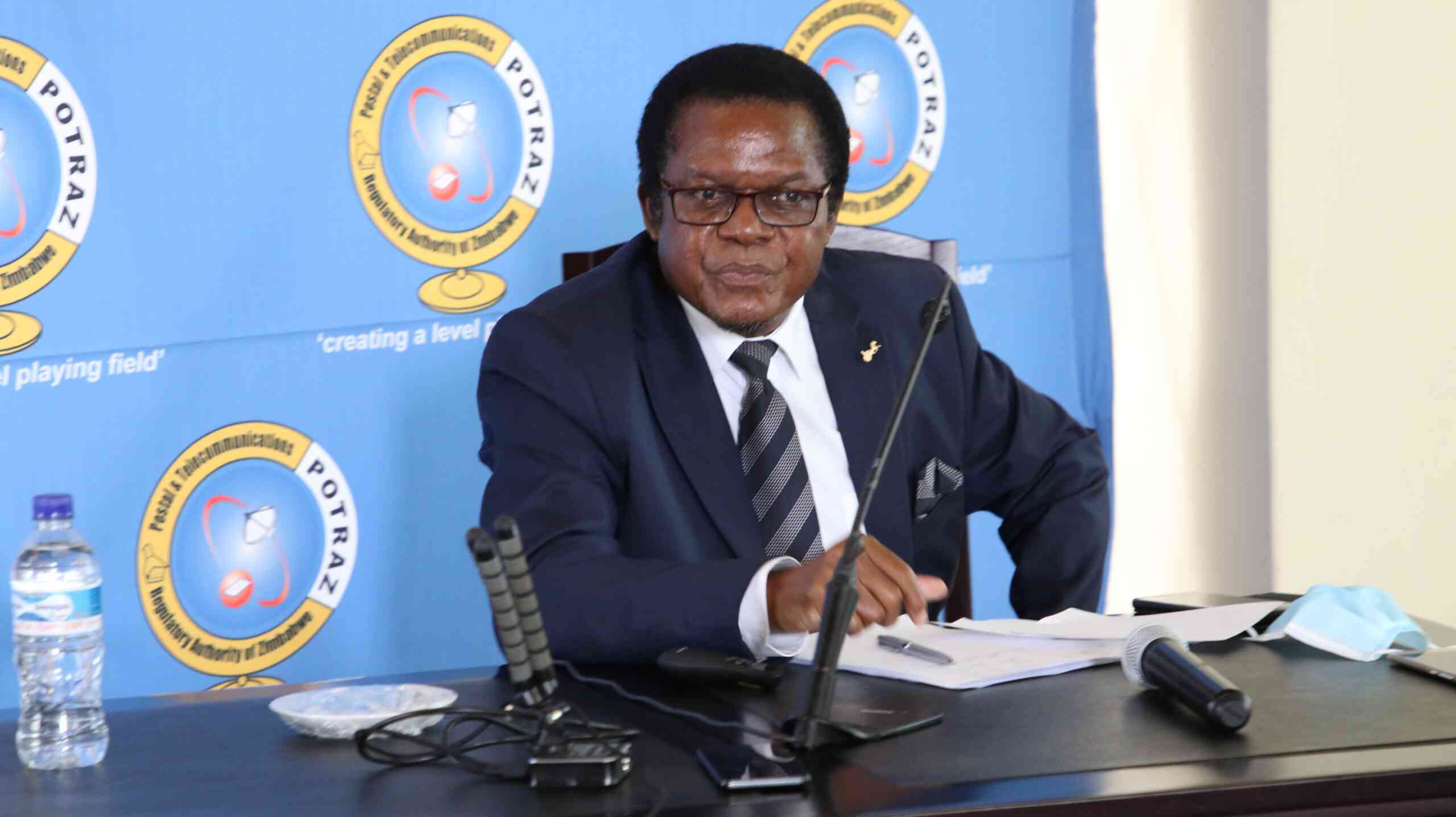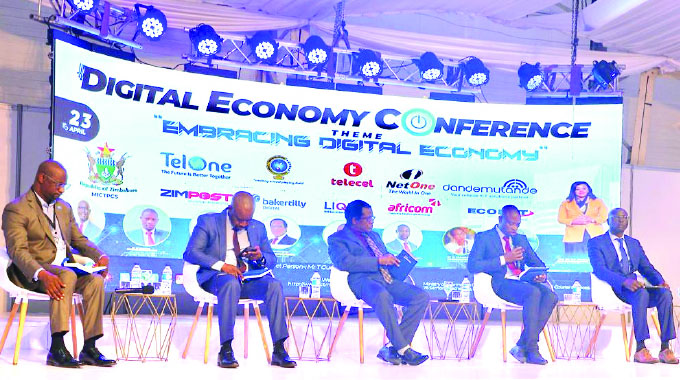Coal industry still in red $400m needed to ramp up


HCCL’s mining equipment which was commissioned last year at work at the colliery’s JKL Open cast mine in this file picture
Business Editor
AT least $400 million is required to increase capacity utilisation in the coal mining sector in Zimbabwe, a recent report says.
Findings from a 2015 state of the mining industry survey conducted by the Chamber of Mines in Zimbabwe indicate capacity utilisation for the sector dropped to 21 percent from 33 percent in 2014.
The figure was the lowest in the past six years since the adoption of the multiple currency system in 2009.
“Survey findings revealed that the industry requires in excess of $400 million to optimise production as it is still operating below desired capacity utilisation levels,” reads part of the report.
“Coal output is estimated to have fallen by 39 percent from 6.5 million tons in 2014, to 3.9 million tons in 2015. The local market has limited capacity to fund such requirements, and if the funds are available, they are overpriced with a low tenor.”
The Zimbabwe coal industry is largely dominated by two large producers, ZSE-listed Hwange Colliery Company Limited (HCCL) and Makomo Resources, which commenced production in 2010 and is currently the largest producer.
Fresh capital is needed for both sustenance and increase in production in the next five years.
Last week HCCL managing director Thomas Makore reported that the giant parastatal was failing to break even despite commissioning of new government facilitated equipment worth $32 million in June last year. He cited lack of capital to optimise production.
“It’s tough but obviously we’re doing our best to keep the company afloat. We acquired new equipment but we’re not fully utilising it because there’s no working capital to achieve optimum usage of the machines,” said Makore.
“He said HCCL needed about $7.5 million to build up enough stocks of consumables such as fuel, explosives and lubricants.”
As of end of 2014, coal accounted for about five percent of the value of mineral output although it plays a key role in the energy sector.
According to the survey it is projected that coal output would grow to 4.8 million tonnes in 2016. However, cost drivers continue to weigh down progress with labour, power and contractor costs as major draw backs.
Survey findings also show that production costs trended upwards in the last five years and are estimated at $69.4/ton by 2015, up from $32/ton in 2010 while prices for the commodity have trended downwards since 2011 to reach a low of around $59/ton last year from a peak of $121.4/ton.
As a result profitability of the sector has progressively declined from a peak of 86.3 percent per tonne in 2010 to negative 10.5 percent in 2014 with maintained losses in 2015.
Mining executives who participated in the survey cited numerous bottlenecks behind the challenges facing the sector. These include legacy debts, obsolete equipment, shortage and high cost of capital and depressed coal prices on the international market.
Some of the equipment in the coal sector has outlived its useful economic life and has led to output losses due to downtime arising from machine breakdowns and repairs. The equipment is also inefficient leading to high production costs.
Between 2010 and 2015, the government issued 22 Special Grants for coal and coal-bed methane (CBM) exploration. By the end of 2015, only one Special Grant was current, the survey reported.
Vast prospects of coal-bed methane gas have also been discovered in the Hwange/Lupane basins but exploitation of the resource is yet to start.
Open cast and underground mining are generally two methods applied in coal mining.
Once the biggest coal producer, HCCL owes millions of dollars to its different creditors who include workers. This has heightened tensions and negatively affected the morale of workers, forcing some to take legal action in order to get their outstanding pay.
Of late workers have won the bid to attach the company property while some are pushing to have the company placed under judicial management.
The government is pushing for increased beneficiation and value addition in all primary resource industries including coal, as part of measures to increase earnings and preserve jobs.
Active coal producers already operate various value addition and beneficiation plants which produce a wide range of products. The coal beneficiation plants include crushing facilities, coal washing machines and coke batteries to process coal into coke.
Zimbabwe’s coal industry produces thermal coal (24.5 percent ash) for power generation and coking coal (15 percent ash) used in blast furnaces.
Thermal coal feeds into the Hwange Power Station which has an installed generation capacity of 920MW and three smaller coal-fired power generation plants located in Harare, Bulawayo and Munyati.










Comments